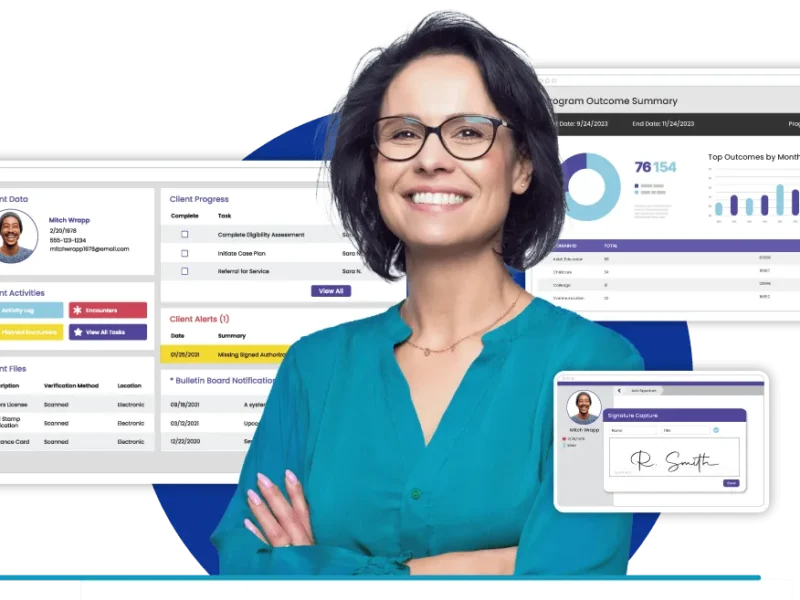As our cities grow and our transportation needs evolve, technology has become an integral part of shaping the future of travel. Among the most transformative innovations is the Internet of Things (IoT) — a network of connected devices that collect and exchange data in real time. From smart traffic systems to connected vehicles, IoT is revolutionizing how we move — making transportation more efficient, safer, and smarter.
In this article, we’ll explore how IoT and transportation intersect, the key features and benefits of IoT in this space, real-world applications, and the future possibilities driven by IoT software development.
Understanding the Role of IoT in Transportation
At its core, IoT enables communication between devices through the internet. In the transportation sector, this translates to a seamless flow of information between vehicles, infrastructure (like traffic lights), and systems (like logistics platforms).
Key Areas Where IoT Impacts Transportation:
- Smart Vehicles and Fleet Management
- Predictive Maintenance
- Traffic Monitoring and Control
- Connected Public Transportation
- Autonomous Driving and Safety Systems
IoT is more than just a trend—it’s a long-term solution shaping the mobility ecosystem of tomorrow.
Key Features of IoT in Transportation
1. Real-Time Monitoring
IoT sensors installed on vehicles, roads, and infrastructure allow real-time tracking and monitoring of vehicle location, condition, and traffic data. This improves transparency and allows for quick decision-making.
2. Predictive Analytics
By continuously analyzing data collected from vehicles and systems, IoT can predict when a vehicle might need maintenance or when congestion will occur. This helps reduce downtime and improves efficiency.
3. Cloud Integration
IoT transportation systems are integrated with cloud platforms that store, process, and analyze massive amounts of data. This makes data accessible from anywhere and helps in better coordination across networks.
4. Interconnectivity Between Systems
Modern transportation ecosystems require various entities—vehicles, traffic systems, navigation tools—to work in sync. IoT ensures seamless inter-device communication, improving coordination and automation.
5. User-Centric Applications
From ridesharing apps to smart ticketing systems, IoT enables tailored user experiences that simplify how people move through cities.
Top Benefits of IoT in Transportation
1. Improved Road Safety
IoT enhances safety through real-time alerts, lane assistance, automated braking, and vehicle-to-vehicle (V2V) communication. Vehicles can detect hazardous conditions or driver fatigue and send out warnings—minimizing the risk of accidents.
2. Reduced Traffic Congestion
IoT-enabled traffic signals and road sensors help manage traffic flows dynamically. Cities like Los Angeles and London have deployed such systems to analyze peak times, redirect traffic, and reduce urban congestion effectively.
3. Optimized Fleet Operations
Businesses that rely on logistics benefit significantly from IoT. Fleet managers can track deliveries, monitor fuel consumption, and assess driver behavior to improve efficiency and reduce costs. Using IoT software development services, companies can customize platforms to suit their logistics needs.
4. Eco-Friendly Transport
By monitoring fuel usage and route efficiency, IoT reduces carbon emissions. Electric vehicle (EV) integration and energy-efficient routing contribute to more sustainable travel.
5. Enhanced Commuter Experience
IoT powers smart ticketing, real-time bus and train updates, and personalized journey planners. This creates a smoother, faster, and more convenient commute for users.
Real-World Applications of IoT in Transportation
1. Smart Traffic Lights
Cities like Amsterdam and Singapore use IoT-based traffic lights that adapt to real-time traffic conditions. Sensors monitor vehicle flow and adjust signal timings, leading to faster commutes.
2. Connected Cars
Modern vehicles are now equipped with GPS, sensors, and telematics systems that can communicate with other vehicles and infrastructure. This enables better navigation, autonomous driving features, and over-the-air software updates.
3. Public Transit Optimization
IoT has enabled buses and trains to transmit live location data, which helps transit apps provide accurate ETAs. Transport authorities can use this data for service planning and crowd management.
4. Predictive Maintenance in Airlines
Airlines use IoT to monitor aircraft engine performance and predict maintenance needs before issues occur. This reduces downtime and improves passenger safety.
5. Logistics and Supply Chain
IoT plays a key role in real-time asset tracking and cold chain monitoring. Companies can track goods in transit, monitor temperature-sensitive cargo, and ensure timely deliveries.
Challenges in Implementing IoT in Transportation
While the potential is vast, there are also challenges to address:
- Data Security and Privacy: As devices share real-time data, safeguarding sensitive information becomes a priority.
- High Initial Costs: Infrastructure upgrades and sensor installations require substantial investment.
- Interoperability: Different systems and standards across manufacturers can hinder seamless integration.
- Scalability: Ensuring that IoT systems scale as cities and fleets grow is critical.
These challenges highlight the need for robust IoT software development practices and strategic planning.
Future of IoT in Transportation
The future of IoT in transportation is dynamic and full of promise:
1. Autonomous Vehicles
IoT is a backbone of self-driving cars, enabling vehicles to “see” and react to their environment through sensors and data processing. As the technology matures, we’ll see increased adoption across commercial and personal transport.
2. Hyperloop and Smart Highways
Next-gen infrastructure projects like Hyperloop and IoT-enabled highways are in the pipeline. These will rely on ultra-fast data exchange and intelligent systems powered by IoT.
3. Mobility-as-a-Service (MaaS)
IoT will support MaaS platforms that allow users to book, pay, and plan travel across multiple modes of transport in a single app—bridging private and public systems.
4. AI and IoT Integration
Combining artificial intelligence with IoT will unlock smarter predictions, better automation, and even faster responsiveness across systems.
5. Smart Cities
Transportation will be deeply integrated into smart city frameworks—where everything from streetlights to parking meters is interconnected to improve urban mobility and sustainability.
Conclusion
IoT is not just reshaping the way we travel; it’s redefining the very foundations of global transportation networks. From everyday commutes to international logistics, IoT is making movement safer, smarter, and more responsive.
Investing in tailored IoT software development services enables companies and governments to build custom solutions that maximize ROI, reduce environmental impact, and elevate user experiences.
As the technology continues to evolve, the synergy between IoT and transportation will play a critical role in creating the connected, efficient, and sustainable mobility systems of the future.


